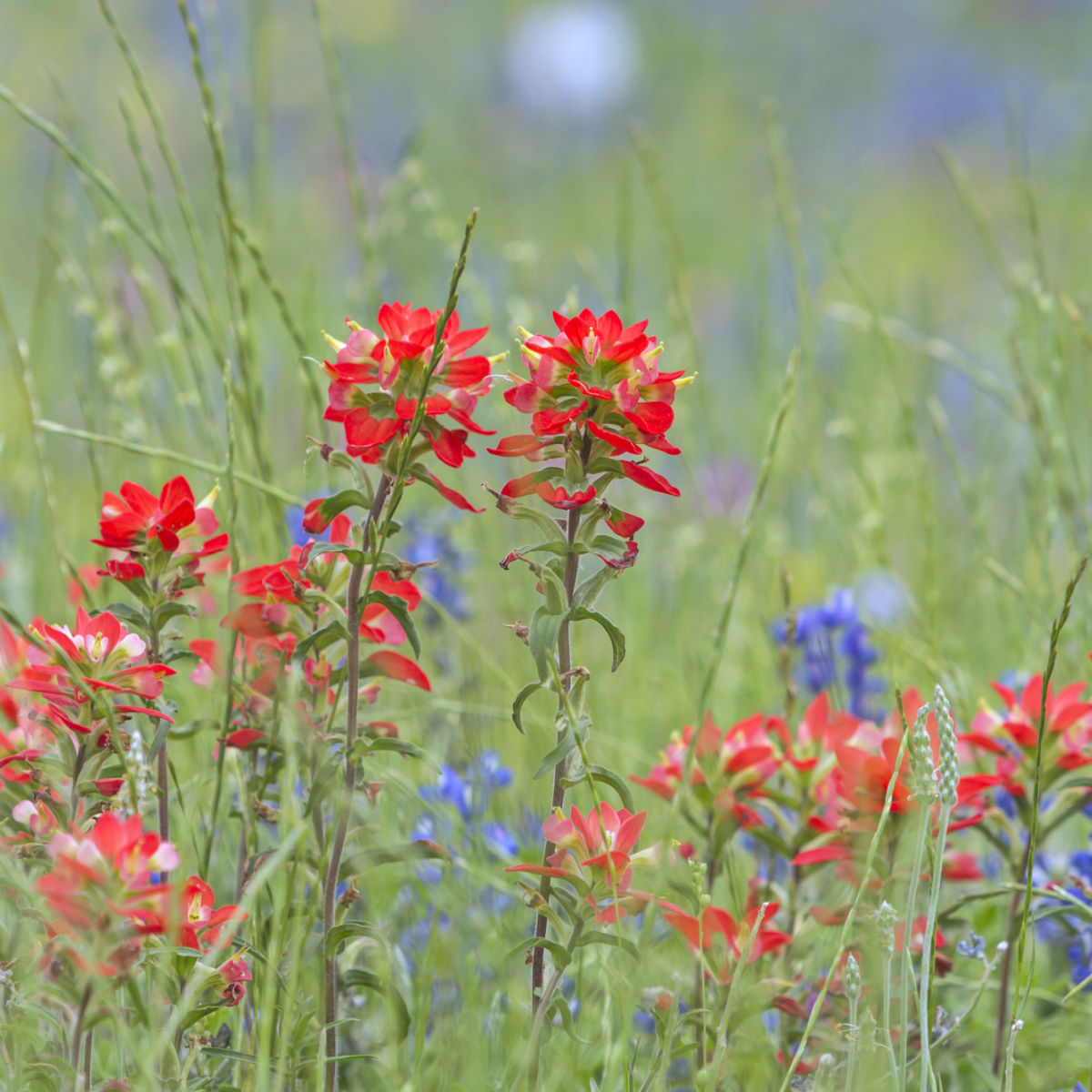Gardening Tips: What Plants Don't Like Epsom Salt and Why
Wiki Article
Learn About the Certain Plants That Are Negatively Affected by Epsom Salt Application
Epsom salt, a preferred home treatment for numerous gardening problems, is frequently praised for its beneficial results on plant growth. Comprehending the details plants that can be adversely influenced by Epsom salt is vital for any kind of gardener looking to enhance their plant treatment regimen.Roses

Roses, specifically conscious modifications in their environment, can be negatively impacted by the application of Epsom salt. While Epsom salt is typically utilized as a plant food to advertise plant development and enhance blooming, roses are one of the plants that do not respond well to its application. The high magnesium web content in Epsom salt can hinder the uptake of various other important nutrients by the rose plants, resulting in deficiencies that materialize as yellowing fallen leaves or stunted development.

Tomatoes
Tomatoes, known for their flexibility in cooking applications, can show unfavorable results when exposed to Epsom salt due to their particular nutrient requirements. While Epsom salt is commonly promoted as a remedy for numerous plant problems, consisting of blossom end rot in tomatoes, its application can bring about harmful end results if not utilized judiciously. Tomatoes are heavy feeders that need a balanced consumption of nutrients, specifically calcium, to flourish. Too much Epsom salt, which is magnesium sulfate, can disrupt the delicate nutrient equilibrium needed by tomatoes, possibly resulting in shortages in various other important nutrients like calcium. This imbalance may materialize in signs such as stunted growth, yellowing fallen leaves, and even lowered fruit manufacturing in tomatoes. Consequently, when taking into consideration making use of Epsom salt on tomatoes, it is crucial to stick to suggested application rates and dirt testing to stop unintended repercussions on the overall health and wellness and performance of these precious yard plants.Peppers
Peppers, prized for their various colors and degrees of spiciness, can demonstrate sensitivity to unfavorable impacts from Epsom salt when not applied with care and factor to consider for their specific dietary demands. what plants don't like epsom salt. Peppers, coming from the Solanaceae family, need a delicate equilibrium of nutrients to thrive. While Epsom salt is understood to enhance magnesium levels in plants, extreme application can interrupt this stability, resulting in damaging impacts on pepper plantsWhen peppers are revealed to high levels of magnesium from Epsom salt, it can interfere with the plant's capability to soak up various other crucial nutrients like calcium and potassium. This imbalance may manifest in signs such as fallen leave staining, stunted growth, and lowered fruit manufacturing. Furthermore, the extreme magnesium can modify the soil pH, more exacerbating nutrient uptake issues for peppers.

Rhododendrons
Offered the you can look here sensitivity of certain plant varieties to discrepancies triggered by Epsom salt, it is important to think about the effect on Rhododendrons, which also require certain nutrient levels to prosper. Rhododendrons are acid-loving plants that like acidic soil conditions with a pH array in between 4.5 and 6.0. Epsom salt, chemically known as magnesium sulfate, can change the soil pH and interfere with the fragile equilibrium of nutrients crucial for Rhododendron health and wellness.
To maintain the optimum growth and health and wellness of Rhododendrons, it is vital to stay clear of the indiscriminate use Epsom salt and rather concentrate on giving the particular acidic soil conditions and nutrients that these plants need for prospering.
Azaleas
Azaleas, understood for their lively flowers and wide series of colors, are ornamental hedges that belong to the Rhododendron category. These prominent blooming plants are usually located in parks, landscapes, and gardens because of their appeal and flexibility. Azaleas are delicate to changes in soil pH levels, which can significantly impact their growth and total wellness. While Epsom salt is frequently utilized as a solution for magnesium deficiency in plants, its application to azaleas can have damaging results.When Epsom salt is related to azaleas, it can modify the soil pH, making it more acidic. Azaleas favor slightly acidic dirt conditions, and an unwanted of magnesium from Epsom salt can disrupt this equilibrium, bring about nutrient inequalities and prospective poisoning concerns. The wrong application of Epsom salt can lead to stunted growth, yellowing of fallen leaves, and general decline in the health of azaleas. It is important to be careful when taking into consideration the use of Epsom salt on azaleas to protect against any kind of negative effects on these this contact form fragile decorative bushes.
Conclusion
Finally, it is crucial to be conscious of the particular plants that can be detrimentally influenced by the application of Epsom salt. Roses, tomatoes, azaleas, peppers, and rhododendrons are some instances of plants that may not profit from Epsom salt and can even suffer damage. It is critical to research study and recognize the demands of each plant varieties before using Epsom salt as a fertilizer to ensure their health and well-being.
Recognizing the specific plants that can be adversely impacted by Epsom salt is essential for any type of gardener looking to maximize their plant treatment routine. While Epsom salt is commonly made use of as a fertilizer to advertise plant development and improve flowering, roses are one of the plants that do not react well to its application.Excessive usage of Epsom salt can likewise result in a build-up of salts in the dirt, leading to root damage and dehydration of the rose plants. While Epsom salt is recognized to enhance magnesium degrees in plants, excessive application can disrupt this stability, leading to adverse results on pepper plants.
The high salt content in Epsom salt can also dry out Rhododendron origins, creating additional anxiety and damages to the plant. (what plants don't like epsom salt)
Report this wiki page